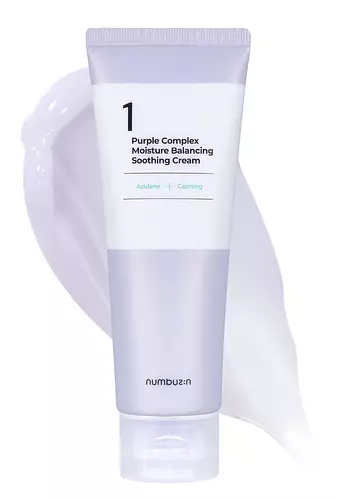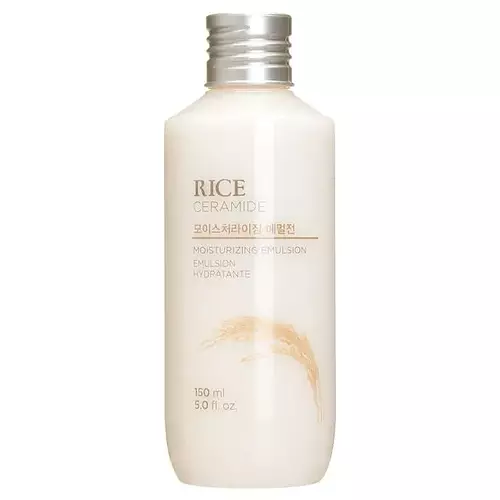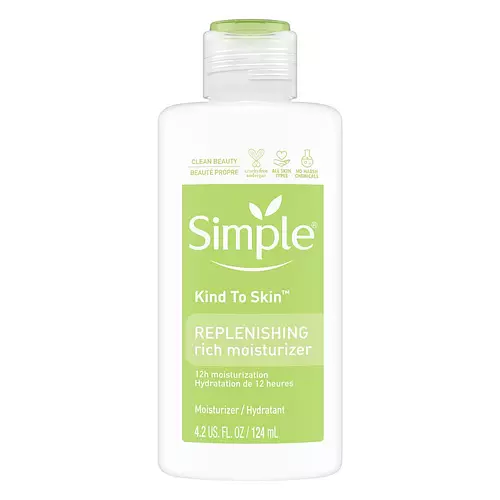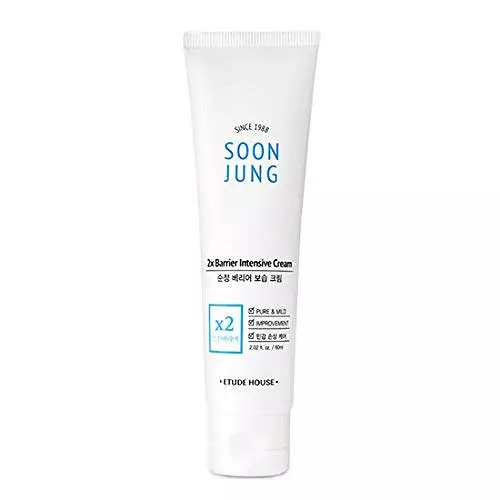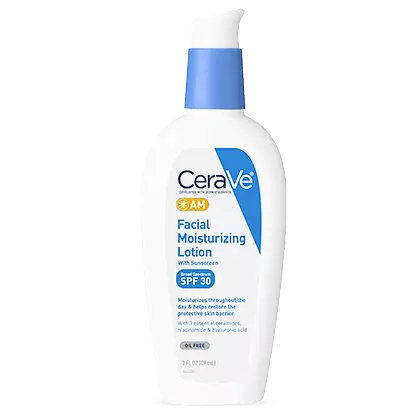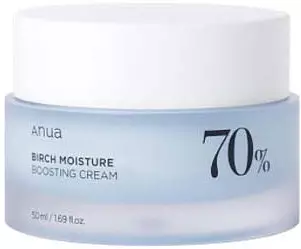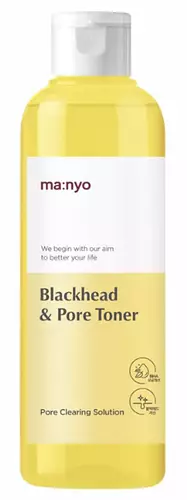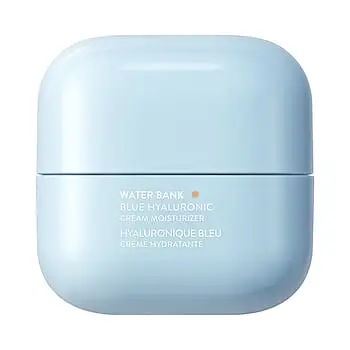Numbuzin No.1 Purple Complex Moisture Balancing Soothing Cream Versus The Face Shop Rice & Ceramide Moisture Emulsion
Updated on October 15, 2023
Overview
What they are
These products are both reef safe . They have a total of 8 ingredients in common
Cool Features
They both contain hyaluronic acid
Suited For
They're both likely to be good for dry skin, brightening skin and sensitive skin
Free From
They both do not contain any harsh alcohols, common allergens, parabens or sulfates
What's Inside
They both contain fragrances, oils and silicones
We independently verify ingredients, and our claims are backed by peer-reviewed research. Spot a product that needs an update? Let us know.
Ingredient Info
Numbuzin No.1 Purple Complex Moisture Balancing Soothing Cream 50 ingredients
The Face Shop Rice & Ceramide Moisture Emulsion 36 ingredients
At a glance
Click on any of the items below to learn more
Numbuzin No.1 Purple Complex Moisture Balancing Soothing Cream 50 ingredients
The Face Shop Rice & Ceramide Moisture Emulsion 36 ingredients
Benefits
This product contains 1 ingredient that may have this attribute:
This product contains 1 ingredient that may have this attribute:
This product contains 1 ingredient that may have this attribute:
This product contains 1 ingredient that may have this attribute:
This product contains 1 ingredient that may have this attribute:
Benefits
This product contains 4 ingredients that may have this attribute:
This product contains 2 ingredients that may have this attribute:
This product contains 3 ingredients that may have this attribute:
This product contains 2 ingredients that may have this attribute:
This product contains 1 ingredient that may have this attribute:
This product contains 1 ingredient that may have this attribute:
Concerns
This product contains 2 ingredients that may have this attribute:
This product contains 1 ingredient that may have this attribute:
This product contains 1 ingredient that may have this attribute:
This product contains 1 ingredient that may have this attribute:
Ingredients Side-by-side
Ingredients Explained
These ingredients are found in both products.
Ingredients higher up in an ingredient list are typically present in a larger amount.
Water. It's the most common cosmetic ingredient of all. You'll usually see it at the top of ingredient lists, meaning that it makes up the largest part of the product.
So why is it so popular? Water most often acts as a solvent - this means that it helps dissolve other ingredients into the formulation.
You'll also recognize water as that liquid we all need to stay alive. If you see this, drink a glass of water. Stay hydrated!
Learn more about WaterGlycerin is already naturally found in your skin. It helps moisturize and protect your skin.
A study from 2016 found glycerin to be more effective as a humectant than AHAs and hyaluronic acid.
As a humectant, it helps the skin stay hydrated by pulling moisture to your skin. The low molecular weight of glycerin allows it to pull moisture into the deeper layers of your skin.
Hydrated skin improves your skin barrier; Your skin barrier helps protect against irritants and bacteria.
Glycerin has also been found to have antimicrobial and antiviral properties. Due to these properties, glycerin is often used in wound and burn treatments.
In cosmetics, glycerin is usually derived from plants such as soybean or palm. However, it can also be sourced from animals, such as tallow or animal fat.
This ingredient is organic, colorless, odorless, and non-toxic.
Glycerin is the name for this ingredient in American English. British English uses Glycerol/Glycerine.
Learn more about GlycerinCyclopentasiloxane is a silicone used to improve texture and trap moisture. An easier name for this is D5.
D5 is considered lightweight and volatile. Volatile means it evaporates quickly after application. Once evaporated, D5 leaves a thin barrier that helps keep skin hydrated.
D5 is an emollient. Emollients help soften the skin and prevent water loss. Silicones create a silky texture in products. D5 helps other ingredients become more spreadable.
Studies show D5 is safe to use in skincare products. We recommend speaking with a skincare professional if you have concerns.
Learn more about Cyclopentasiloxane1,2-Hexanediol is a multi-tasker ingredient. It acts as a preservative to increase shelf-life and can aid other preservatives in preventing microbe growth. 1,2-Hexanediol also helps the skin retain moisture as a humectant.
In products that are water-based, this ingredient can help stabilize perfumes and fragrances. It can also help make the texture of products softer and more smooth.
Dimethicone is a silicone used for making products smooth and silky. It also has the added benefit of sealing in hydration. The amount of dimethicone found in beauty products is considered safe and non-comedogenic, meaning it won't clog pores.
Dimethicone has been found increase absorption in skin, boosting the benefits of other ingredients. While there is concern for the safety of dimethicone, the levels used in skincare are safe for use.
Sodium Hyaluronate is hyaluronic acid's salt form. It is commonly derived from the sodium salt of hyaluronic acid.
Like hyaluronic acid, it is great at holding water and acts as a humectant. This makes it a great skin hydrating ingredient.
Sodium Hyaluronate is naturally occurring in our bodies and is mostly found in eye fluid and joints.
These are some other common types of Hyaluronic Acid:
Learn more about Sodium HyaluronateDimethicone/Vinyl Dimethicone Crosspolymer is a silicone used to improve the texture of products and absorb oil. It does not get absorbed into the skin.
Like other silicones, Dimethicone/Vinyl Dimethicone Crosspolymer helps condition the skin by creating a barrier. In this sense, it can act as an emollient and trap moisture in.
Ethylhexylglycerin (we can't pronounce this either) is commonly used as a preservative and skin softener. It is derived from glyceryl.
You might see Ethylhexylglycerin often paired with other preservatives such as phenoxyethanol. Ethylhexylglycerin has been found to increase the effectiveness of these other preservatives.
Ingredient Ratings
Here's what our community thinks of the ingredients in these products.
When to use
Numbuzin No.1 Purple Complex Moisture Balancing Soothing Cream 50 ingredients
The Face Shop Rice & Ceramide Moisture Emulsion 36 ingredients


Reviews
Here's what our community thinks
Numbuzin No.1 Purple Complex Moisture Balancing Soothing Cream 50 ingredients
MonicaJimenez_574
I’ve been wanting to try Numbuzin for a while, and this cream looked like the perfect fit for my sensitive, hormonal acne prone skin. While it’s...
I’ve been wanting to try Numbuzin for a while, and this cream looked like the perfect fit for my sensitive, hormonal acne prone skin. While it’s not fungal acne safe, this moisturizer doesn’t have dimethicone until the 12th ingredient, and I haven’t found any issues with it so far. I enjoy how soothing this cream is to acne, and it helps to calm my breakouts! I also find it not clogging my pores and causing more breakouts. While it won’t get rid of a breakout by itself, in use with other products or an acid, it works really well, especially in summer! My only complaint is that I wish it was a bit more hydrating, so I wouldn’t suggest it for super cold winters. I’ll be continuing to use this as my main moisturizer, unless I bump into any future irritation/breakouts caused by it.
A.ce
I've gotten the recommendation from the girls of Likeskin (Insta: like_skincare) as a result of wanting a moisturizer that is suitable for acne...
I've gotten the recommendation from the girls of Likeskin (Insta: like_skincare) as a result of wanting a moisturizer that is suitable for acne (cheek and chin mostly), combination skin with flaky patches around nose and mouth area with (probably) a sensitivity for fatty alcohols/fatty acids. And this one HIT THE SPOT. The first moisturizer that doesn't break me out. It's quite lightweight, also doesn't give me any clogged pores and it does seem like it's calming my acne a little bit more. In combination with my other products this works amazing.
The Face Shop Rice & Ceramide Moisture Emulsion 36 ingredients
KyleighWallace_646
Not great, didn’t break me out bad or anything but doesn’t absorb well and leaves sticky film and for all that it’s not that hydrating
